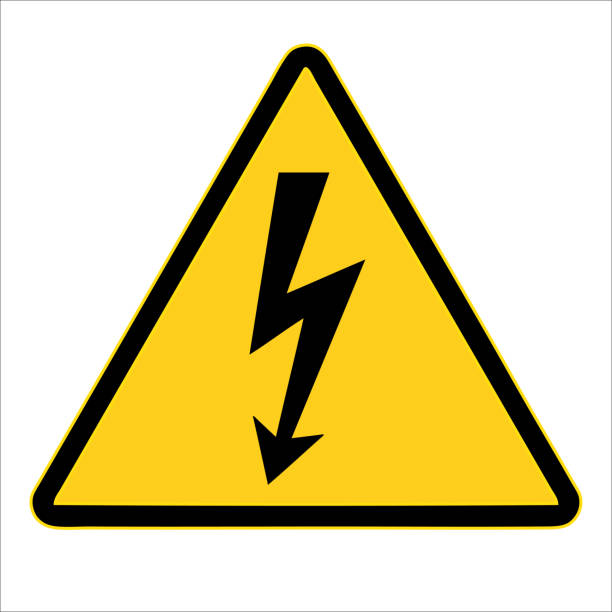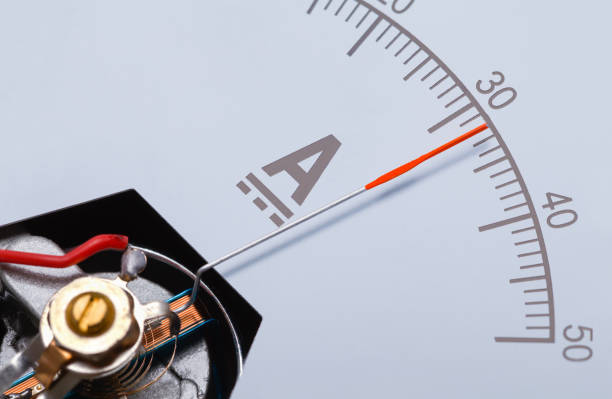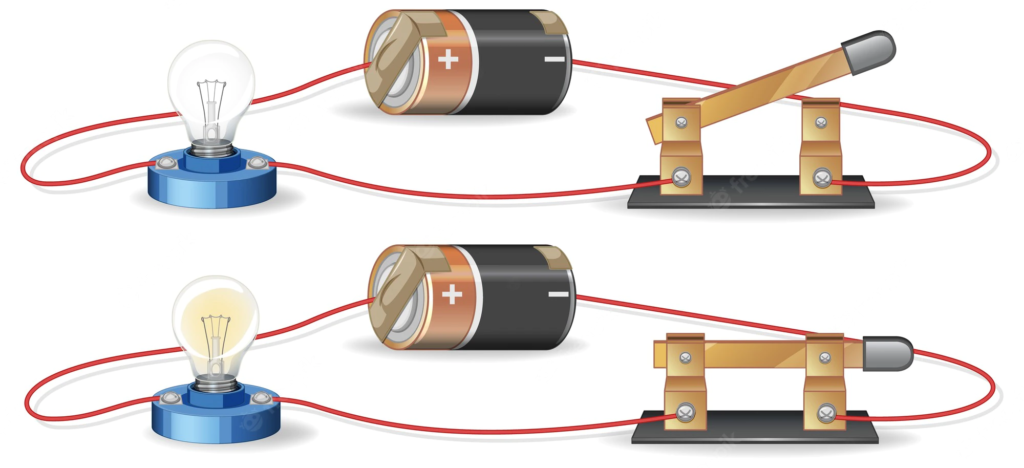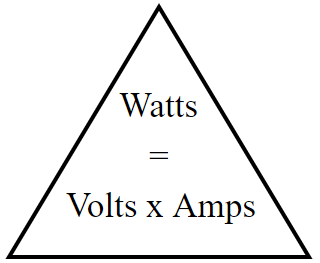Our surroundings are full of electrical appliances but there are many people who don’t know about the electrical components such as amps, watts, volts, ohms, etc. This article will guide you about the most basic units and explain in depth about amps vs watts vs volts.

Volts:
A voltage is measured in volts. It is the measurement of the potential of the electric city or the pressure and is the electrical component that is used to push the current throughout the wires. The voltage is also called electromotive force which is used to find the pressure needed to push the charged electrons in a circuit and make it provide the power to the devices such as lights and other appliances.

There are two different voltages and pressures it is being delivered into the homes of the US such as 120 volts and 250 volts which do depend upon the appliances. For example, the larger appliances such as air conditioners, dryers, and heaters are operated at 240 volts and the small appliances TV, laptop, phone, etc are operated at 120 volts.
The following table explains the voltage which is required by different devices and systems:
| Object or Device | Voltage (V) |
| Rechargeable Battery | 1.2 |
| Non-Rechargeable Battery | 1.5 |
| USB | 5 |
| Automobile Battery | 2 |
| Electric Vehicle Battery | 400 |
| Household Battery | 230 |
| Rapid Transit Third Rail | 600-750 |
| Electric Power Lines (High Voltage) | 110,000 |
| Lightning | 100,000,000 |
Amps:
An amperage is measured in amps Which are used to measure the amount of electricity that is running throughout the circuit. We can also define amperage as the number of electrons that are flowing or moving through the wire. Is used to measure the amount of electricity that is being provided within a circuit.

Let’s understand it by an example if the current is flowing through the hands and it will continue to flow unless the current is being shut off. All electrical appliances need some amount of amps that are drawn from a circuit to operate.
Wattage:
The wattage is measured in Watts and it defines the rate of energy the device is able to use. Basically, the amps and the combined output or the result is watts such as amps × volts = watts.

If the average rate of the circuit is high and the voltage of the circuit is great then it results in higher wattage. And if a device is using one that means that it will use one amp of the current which is flowing at 120 volts which makes the appliance use 0.001 Kilowatt per hour.
The following table explains the average wattage which is used by appliances and the cost per hour of using the appliances:
| Device or System | Cost per hour | Energy Consumer |
| Heat Pump or Central Aircon | $2 | 15,000W |
| Hot Water System or Clothes Drier | 0.55 Cents | 4,000W |
| Water Pump | 0.40 Cents | 3,000W |
| Heater | 0.20 Cents | 1,500W |
| Hair Drier | 0.16 Cents | 1,200W |
| Electric Stove | 0.14 Cents | 1,000W |
| Fridge | 0.14 Cents | 1,000W |
| Computer with Monitor | 0.05 Cents | 400W |
| Light Bulb | 0.008 Cents | 60W |
Amps vs voltage:
The following table shows the difference between the amperage and voltage:
| Property | Voltage | Amperage |
| Unit | The SI unit of the voltage is Volts. 1 volt = 1 joule per coulomb | The SI unit of the current is Amps. 1 ampere = 1 coulomb per second |
| Denotation | It is denoted by V. | It is denoted by A. |
| Instruments for Measuring | A voltmeter is used to measure voltage. | Ammeter is used to measure the current. |
| Interrelation: | The relation of voltage with amperage is that because of voltage the current causes. | without the voltage, there will be no current. |
| Loss | There will be a loss of voltage because of any impedance. | There will be a loss of current due to the passive elements. |
| Formula | V = work done by charge | I = charge/time |
| change in a series connection | The voltage will change in the series connection. | The current will remain the same in the series connection. |
| Change in a parallel connection | The voltage in parallel connection remains the same across the components | The current in parallel connection gets disturbed. |
| Field created | The voltage tends to create an electrostatic field | The current tends to create a magnetic field |

Watts vs volts:
The following table shows the difference between the wattage and voltage:
| Property | Watts | Volts |
| Unit | The SI unit of power is power in watts which is denoted by W. | The SI unit of potential difference is volts which are denoted by V. |
| Definition | It defines the rate at which the energy is transferred. | It defines the difference in electric potential when 1 amp of current give 1 watt of power throughout the circuit. |
| Formula | W = volts × current | V = potential energy ÷ charge |
| Instrument to measure | The instrument used to measure the wattage is the power meter. | The instrument used to measure the voltage is the voltmeter. |
| Difficulty to face | It Became difficult to major the words because it required knowing both voltage and current quantities. | The measurement of the volts is easy if we compared it to the measurement done for watts |

Conclusion:
Hence from the above article, we can conclude that there are big differences in electrical components and you can easily get to know about each after reading the article. Especially a person who is working as an electrician should know about all the electrical components.
FAQ’s
Are watts stronger or volts?
If you compare watts and volts the words are considered stronger than volts.
How many Watts are 15 amps at 240 volts?
Watts = 15 amps × 240 volts= 3600 Watts.
- How Many Solar Panels Do I Need For 1000 kWh? (Per Month & Day Explained) - March 29, 2023
- Mastering Your Home’s Electrical Consumption: A Guide to Wattage, Amperage, and Budget Management - March 28, 2023
- Trending Designer GFCI Cover Plates To Buy - March 27, 2023
